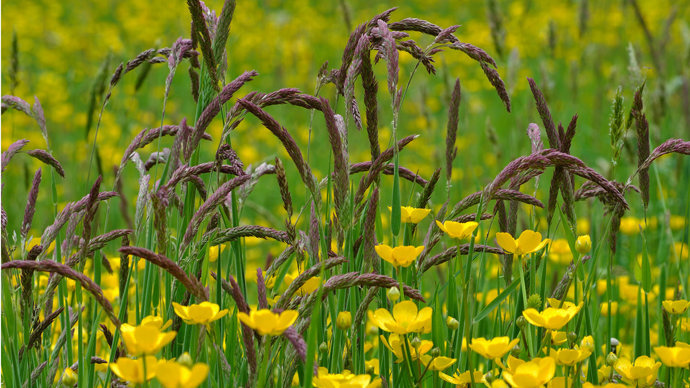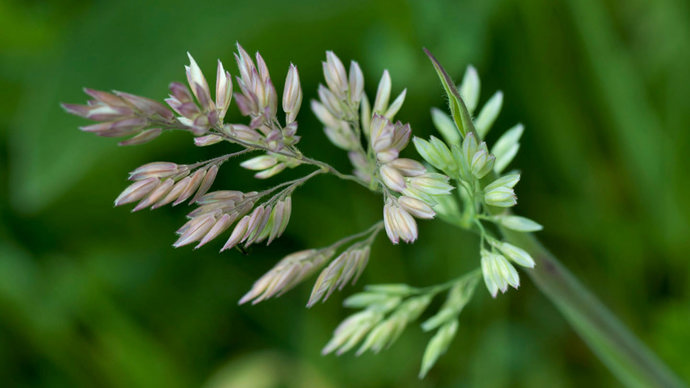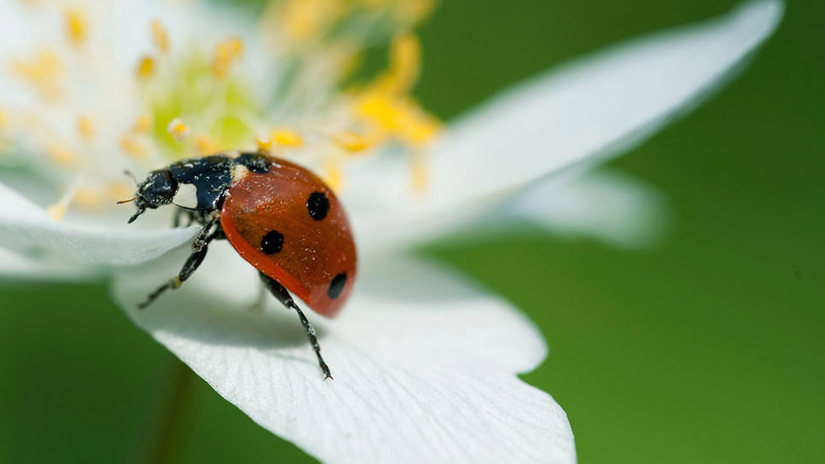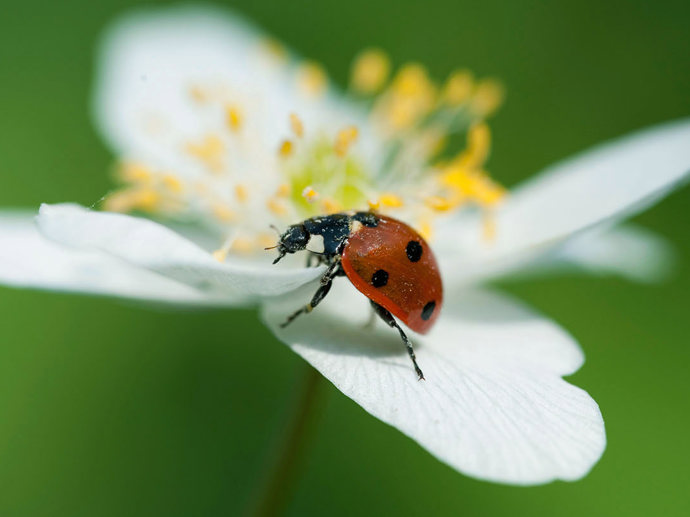Common name(s): Yorkshire fog grass, tufted grass, meadow soft grass
Scientific name: Holcus lanatus
Family: Poaceae
Origin: native
Flowering season: May to August
Habitat: grasslands, wasteland, open woodland and wetland
Beautiful but unpalatable, Yorkshire fog grass glows a gentle purple in meadows and wasteland alike. It’s not a favourite with livestock, but is eaten by the caterpillars of the small skipper.
Common name(s): Yorkshire fog grass, tufted grass, meadow soft grass
Scientific name: Holcus lanatus
Family: Poaceae
Origin: native
Flowering season: May to August
Habitat: grasslands, wasteland, open woodland and wetland
Yorkshire fog is a softly hairy, perennial grass which grows in dense tufts up to one metre tall and can be seen throughout the year. It has a woolly appearance with flower heads tinged with purple to red and soft seed heads of grey to pink. It is considered a weed when growing on arable land.
Leaves: flat, grey-green in colour with hairs that make them look and feel soft.
Stems: softly hairy, erect, often tufted from the base and can grow up to one metre high. Compound panicle (a loose branching cluster of flowers) with crowded, single spikelets.
Flowers: single spikelets which grow on the end of the stalk and have a purple to red tinge.
Seeds: flattened, oval to tear-shaped with a surface that is shiny, grooved and hairy
Not to be confused with: creeping soft grass (Holcus mollis) which has a similar appearance but is often found in woodland habitats and has rhizomes and a creeping habit.
Yorkshire fog grass is native and common in the UK and the rest of temperate Europe.
In the UK, it is the most widely distributed native grass and can be found in all grasslands, on wasteland, in open woodland and in damp or water-logged areas.

Credit: Colin Underhill / Alamy Stock Photo
Yorkshire fog grass is a food plant for the caterpillars of the small skipper as well as other butterfly species. It is often grazed on by rabbits.
In North America it is known as velvet grass because of its soft look.
This plant can be seen in agricultural pasture although older plants are often inedible to cows and sheep.

Credit: John Bridges / WTML
It is said that Yorkshire fog grass was given the name because, from a distance, it resembles the smoke that once billowed from the chimneys of northern factories.
Yorkshire fog grass is common throughout the UK and can form a dense stand that excludes other plants. It is often viewed as a weed, particularly in lowland ryegrass, so may be removed from arable land and gardens.
It also presents itself as an invasive species in other countries, particularly North America, Australia and New Zealand.


External link
Have you seen the first ladybird of the year or the last swallow of summer? Tell us about the nature near you and help scientists track the effects of climate change on wildlife.